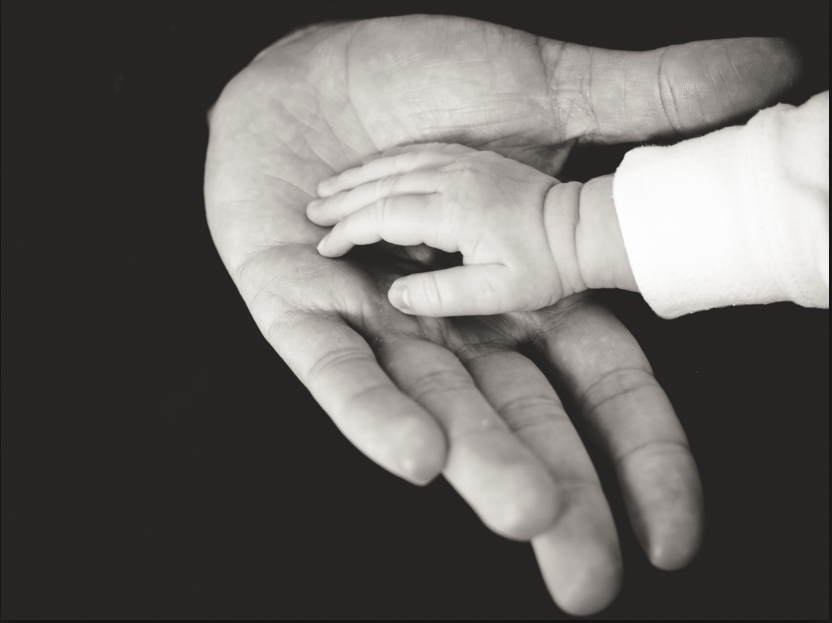Backstory is a CJN column recalling some of the most bizarre, unique, and important moments in Jewish history. Click here for last week’s instalment.
Many years ago, I was visiting my elderly mother at the Jewish General Hospital in Montreal. On the way to her room, I passed a mural featuring a large collection of plaster hands that had been moulded in some geriatric occupational therapy session. They were of different sizes and shapes – gnarled and twisted from old age – and I couldn’t take my eyes off them.
The hands mesmerized me then, and they haunt me now. I remembered my mother, a Shoah survivor who, having lost her husband, raised three children by herself. She had golden, gifted hands and an unerring eye. She worked for years in clothing factories as a dress and nurses’ uniform designer. During her lunch hours, and late at night at home, she made our clothes, without having to measure us. And when she retired, she took up sculpting. But what really affected me as I stared at the plaster hands was the image of my mother lying in bed in her old age, slowly turning her hands over and over and staring at them as if to say: “These hands, that once used to…”
Hands – human hands – make for fascinating studies on many levels, from the coarse calloused hands of an honest labourer to the skilled hands of a surgeon, to the supplicant hands of a person in prayer or distress, from the hands that caress to the hands that do violence, and sometimes both. They draw the attention of writers and poets, sculptors and artists.
Perhaps the very fact that they are so devilishly difficult to draw is a metaphor for how challenging they are to classify and describe. If, as the proverb states, “The eyes are the window of the soul,” then hands reveal what that soul’s mortal companion reflects – what it was burdened with, and what it endured.
Hands are not just the purview of poets, writers, sculptors and artists. They appear in the Bible in various guises, and sometimes in enigmatic forms that continue to challenge us. They are also found in rabbinic literature, where they are no less thought-provoking and challenging.
There is a remarkable midrash based on the verse in Ecclesiastes: “As he had come from his mother’s womb, naked will he return, as he had come; he can salvage nothing from his labour to take with him.” On this, the midrash Kohelet Rabba comments: “It was learned in the name of Rav Meir: When a person enters the world his hands are clenched as if to say, ‘The whole world is mine, I shall inherit it,’ but when he takes his leave of the world, his hands are spread open as if to say, ‘I have inherited nothing from the world.’”
There are many stages between the extremes of entering and leaving the world, but there are two that are relatively close to the beginning and the end that deserve mention, and both of these powerfully involve hands. The first is something that once witnessed is indelibly imprinted on one’s mind: the sheer magic of watching an infant of a few months when they first discover their hands. They will turn them over and over, and stare at them intently for hours on end, realizing for the first time that they belong to them and are under their control. And then with the passage of time, the infant becomes an old person whose strength has waned to the point that they can no longer perform with their hands even the simplest tasks they once took for granted.
It is sobering to superimpose the images of the two of them – the infant, and its very elderly self – the same human being at the opposite stages of life. In particular, it is daunting, yet worthwhile, to attempt to visualize the two together as they slowly rotate and examine their hands – one at the dawn of a life’s journey, and the other at its dusk. Each of them is a metaphorical mirror image of, and a real window to, the other.
Eli Honig taught physics at the Anne and Max Tanenbaum Community Hebrew Academy of Toronto for 31 years, and for longer than that at the University of Toronto.
